Most parents haven’t studied child development and so may not know exactly what to look for when visiting preschools they are considering for their children. Here are some things to look for and ask about when visiting a potential school or childcare environment for your young child. here are some important details to review!

Safety
The first and most important thing to ensure is that the environment is safe for your child. Here are some questions to ask if this information is not openly shared with you prior to enrolling your child.
* Are the staff trained and certified in Pediatric CPR & First Aid?
* Does each staff member have a full criminal background check on file?
* Especially if your child has an anaphylactic allergy, have the staff members who will be caring for them (including any substitute teachers or alternates for the main classroom teachers) been trained to use an EPI Pen if necessary?
*Are there emergency procedures in place in case of fire, tornado, bomb threat, active shooter, etc? Are all staff trained in these emergency procedures?
* For children under 3 years of age, each classroom should have a “choke tube.” This is an item teachers can use to test any materials/toys that will be within the child’s reach to be sure it is not a choking hazard.
* Is there a sick policy in place in order to ensure the community stays healthy and to prevent outbreaks of communicable diseases? A good health and safety policy will ensure that everyone in attendance is free from any contagious symptoms of illness for a minimum of 24 hours and has an immunization record and medical report on file.
* Have staff been trained in proper cleaning and sanitization procedures? If your child is not using the toilet independently, it is also important to know that staff are trained in safe and sanitary diapering procedures.
* What is the visitor policy? A safe environment has a system that ensures doors are locked after each entry/exit and that only vetted staff members have keys to the building. Visitors should be screened and fully vetted prior to having access to the classrooms.
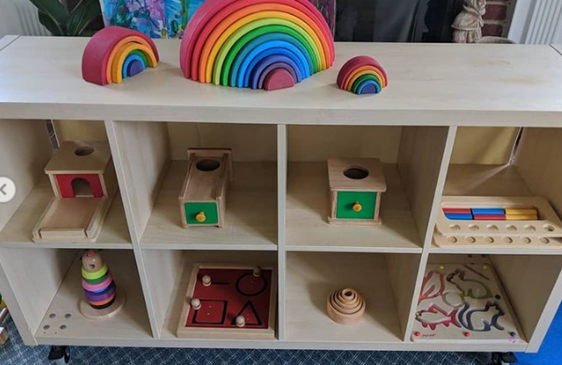
Access
Classroom activities and materials should be set up in a way that they are easily used and put away by every child enrolled, regardless of age or ability. Bathrooms should be accessible to all, as well. If there are not child-sized toilets or sinks, there should be stools, potty seats, faucet extenders, etc to ensure each child can easily use the toilets and sinks properly. Furniture should be child-sized, art should be displayed at the child’s eye level and children should have access to drinking water and food (and rest, if necessary) throughout their day.
Meeting Needs
The Need for Independence
Developmentally appropriate environments speak to the needs of the children it serves. Learning environments should offer opportunities for children to challenge themselves; materials that are too easy or too hard for the students to complete on their own without assistance are generally avoided. The environment should reflect the children’s capabilities. At home, we might do a lot more for a child than is necessary. In a group environment, children often learn to do things on their own more readily because of the ratio of staff: child. Children should be encouraged to clean up after themselves, put on their own shoes, coats, clothing, wash their own hands, get their own food and drink.
The Need for Movement
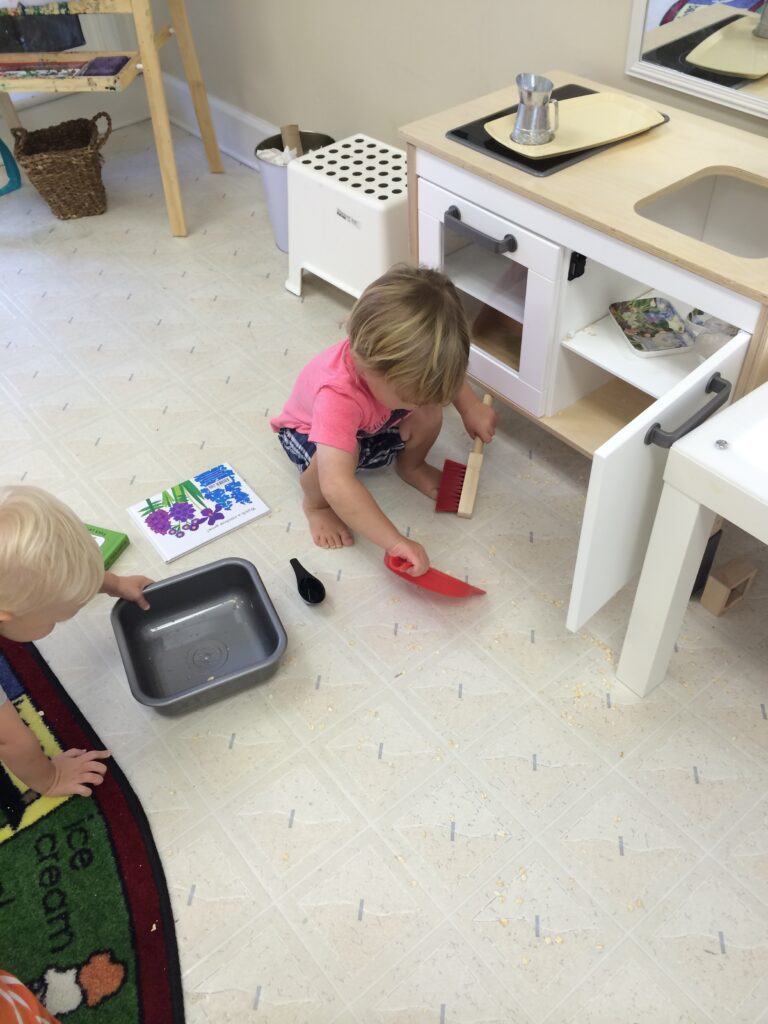
Keeping in mind that young children are still learning how their bodies work and still developing their muscles as well as their brains. An environment that meets the child’s need to move their body is so important during the early years. Look for gross motor opportunities—these are ways for a child to practice things like throwing (i.e. ball in a basket), carrying heavy items (wagon, wheelbarrow, large blocks), climbing, running (outdoors), etc.; and fine motor opportunities are so important, too, as the small muscles in the hand will soon be the ones that allow the child to write and use tools. Fine motor activities can be things like transfer work (moving items from one place to another using the hand, finger (pincer grasp) or a tool (tongs, tweezers, etc), puzzles, pegs, beads for lacing, stacking and posting.
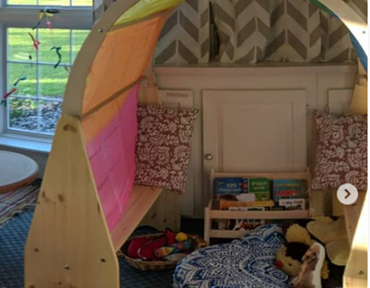
The Need for Quiet
Early childhood group learning environments can be overstimulating for many children. Even in the very best environments, children are going to be children. This often means lots of noise and lots of movement. Children are still very much learning to control their bodies and their emotions and having a place to go to calm down and breathe when overstimulated is extremely important. This could be a cozy corner with pillows or rocking chairs, maybe some stuffed animals and/or books to read, fidget toys or calm-down bottles (bottles filled with water and glitter or something similar), or there could be an option for children to leave the room when they are overstimulated — if there is enough staff on hand, giving the child a chance to get outside and get some fresh air and take a short walk is a wonderful way to meet this need.
Sensory Needs
Sensory exploration is also important for the young child. These opportunities can include things like a large ball of play-box, a sensory bin full of safe sensory items (rice, sand, water, etc). Playing soft music in the background or a listening station where children can wear headphones to hear music or stories can provide a calming sensory experience for a child as well. Considering the smell of the environment is important, too. Some essential oils are unsafe to diffuse in the presence of young children and I certainly wouldn’t encourage anyone to burn a scented candle, but consider that there may be smells that can affect a child’s experience as well and that should also be addressed. Staff really shouldn’t wear strong perfumes or lotions. Windows can be opened when the weather is nice, diaper genies can be used to prevent bathroom smells from escaping into learning environments, etc. Incense sticks or diffuser rods can be placed around the room to give off a gentle pleasant scent.
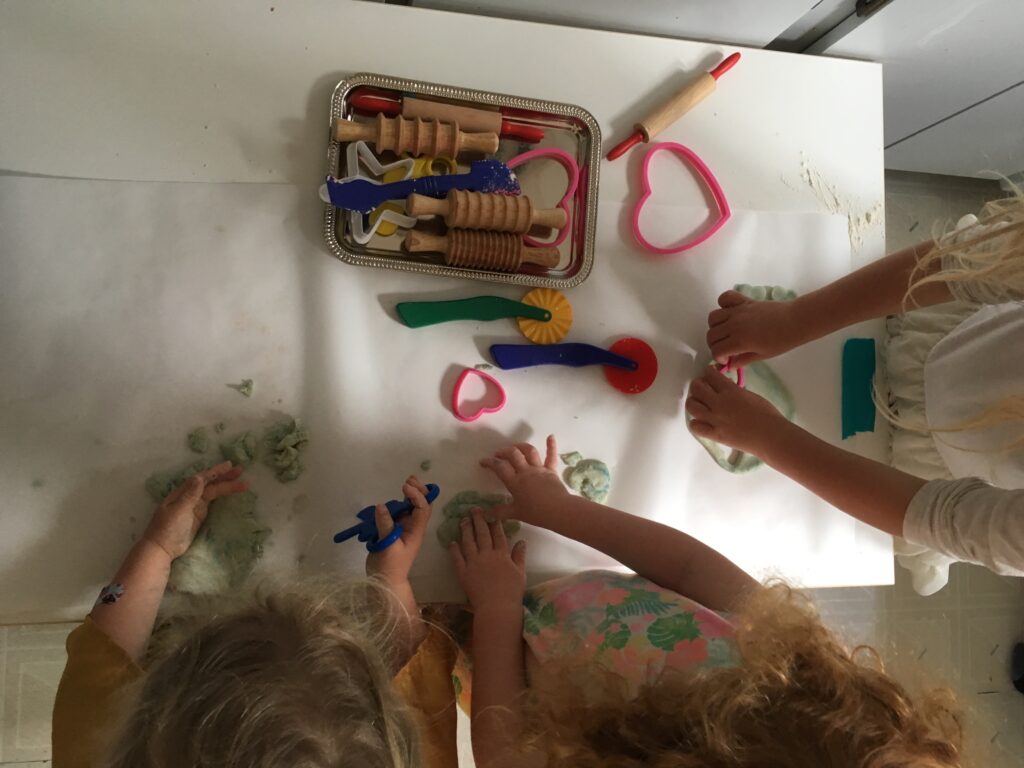
Developmentally Appropriate Art
Creative expression is incredibly important for children—it may be the only time in their lives that they have the freedom to create without a preconceived notion of the outcome. I believe it’s so important to protect this time in a child’s life and offer them endless opportunities and a variety of materials with which to create art in all of its forms. Great care and thought should go into the art supplies that are provided.
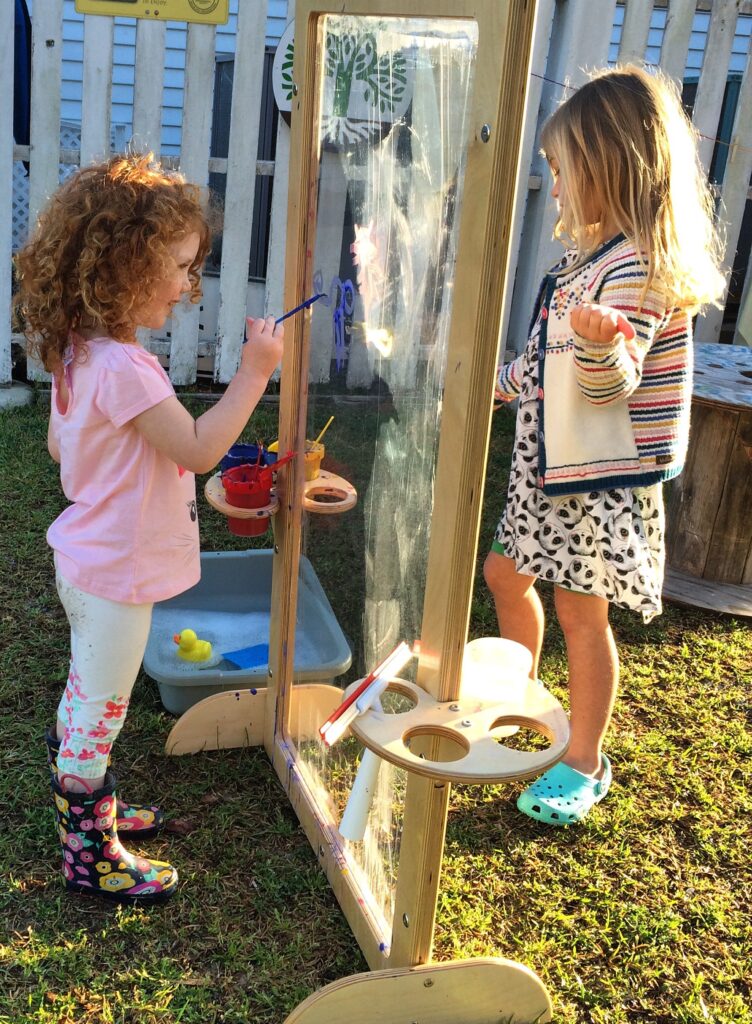
A large easel that children can use on their own is a great way to engage the whole body in the process of creation. Play-doh is wonderful and should be a standard in any early childhood environment but offering a young child (who is out of the mouthing phase!) real clay to sculpt with provides a completely new experience. Crayola crayons are fabulous, but schools should consider offering high-quality colored pencils and pastels. Fingerpaint, watercolor palette and washable tempera paint should be a preschool classroom staple, but children also enjoy learning about real watercolors and acrylic paints on canvas or paper that will withstand the heaviness of the paint. Child-safe scissors can be offered for cutting, paste with a brush and a variety of materials for collaging.
It is obviously important to consider the ages of the children in the environment when choosing these materials, but I think most educators would be surprised by how careful children can be when given the opportunity to use real, quality art supplies.
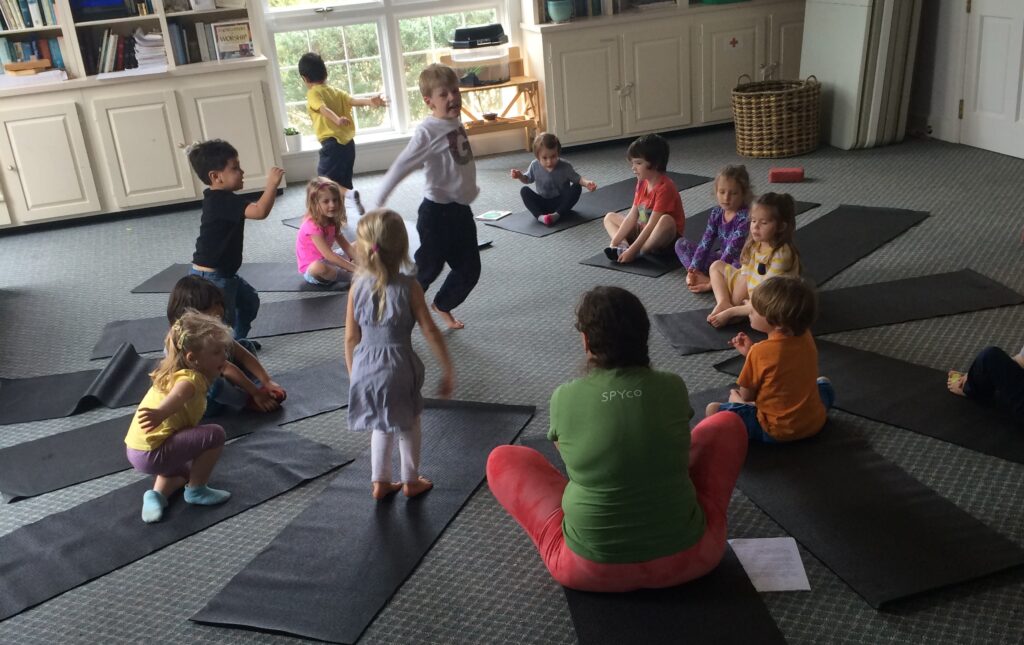
Community
One of the main reasons we send our children to preschool is for socialization. Simply being in a group setting will offer young children the opportunity to learn how to navigate social obstacles, how to be a good friend and is likely to increase their vocabulary. “Circle Time” is a common practice in almost every early childhood setting. The purpose of this time can be to gather everyone together; it can help children with learning each other’s names or discussing things that affect the group, practicing self-control and patience (listening when someone else is talking/not interrupting), sharing something with the group, etc. Circle time should be something that the children are drawn to and are participating in voluntarily, and it should include opportunities for movement and verbalization. Young children are not designed to sit still and quiet and it’s often a sign that the environment is not developmentally appropriate if children under 6 are being required to sit still and listen for long periods of time. A developmentally appropriate circle time might include the following:
*An interactive read-aloud: A relatively short storybook that even the youngest child can follow, peppered with questions or comments about the words and/or pictures being read/shown. Bonus points awarded if the children get to yell out anticipated parts of the book, helping to “read” it aloud.
*Music/Movement: A group song (short and easy to sing or prerecorded music played on a speaker) with or without a fingerplay (i.e. itsy bitsy spider), instruments (young children do really well with percussion instruments like drums, rhythm sticks, egg-shakers, sand blocks, jingle bells, tambourines, etc) or movement (clapping, patting knees, jumping, etc). Rhyming songs are especially important in developing early literacy skills
* Show and Tell: A developmentally appropriate show and tell would probably be one in which only one or two children share each time the group gathers. Show and tell can turn into required sitting still and listening very easily, and while it is a good way for children to learn how to be respectful, patient and listen to their peers, it can also be very difficult and not engaging for some learners. In my experience, it totally depends on the group of children and a good teacher will know how to approach this opportunity by observing and getting to know her students.
